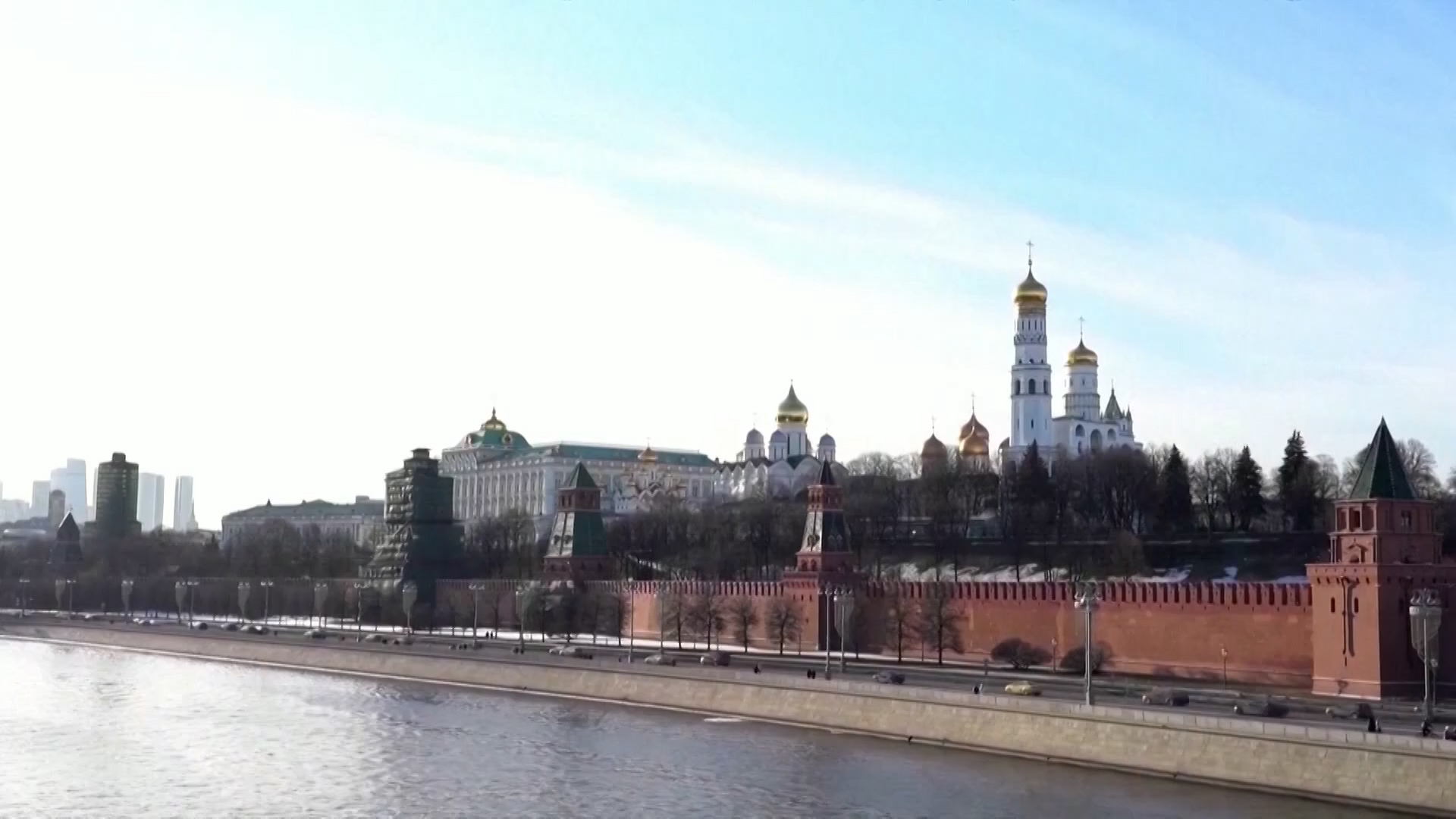Russia said Wednesday it had shot down two drones targeting the Kremlin in what it called a "terrorist" attempt to assassinate President Vladimir Putin, while Ukraine denied involvement in the attack.
"The Kiev regime tried last night to hit the Kremlin" with two drones that were "disabled" by electronic warfare systems, the Russian presidency said in a statement. She described the operation as "an act of terrorism and an attempt to assassinate the President of the Russian Federation." The presidency confirmed that the wreckage of the marches fell inside the Kremlin but no one was injured.
The incident raised questions about the protections Russia is imposing on its capital and the efficiency of those measures in repelling attacks similar to Wednesday's.
Moscow is one of the world's most fortified capitals and major powers usually protect their decision-making centers with multi-layered fortifications.
Russia surrounds its capital and decision center with a missile shield to intercept any nuclear or strategic missile attacks. Around Moscow, defense systems are distributed, most notably the S-400, which military experts describe as among the best in air defense systems.
It is a mobile air defense system capable of detecting air targets at a distance of 400 km. 80 of them were countered simultaneously by directing two surface-to-air missiles at each target.
There is also the S-300, which is designed to counter attacking aircraft and long-range missiles such as cruise missiles. It can simultaneously intercept 300 aircraft or 24 ballistic missiles up to 16 kilometers.
Russia protects its vital and sensitive sites with short-range defense systems such as the Pantsir-S1, which is described as the protector of Moscow's skies and is capable of detecting and destroying air targets at a range of 1 kilometers. Pantsir has 20 missiles as well as two automatic guns used against jet munitions and rockets.
Besides its missile defenses, Russia is taking measures to protect the heart of Moscow and specifically the country's political headquarters – the Kremlin. Russian authorities disrupt air and ground navigation systems and all communications during the movements of the president and the first line of command.
Since the beginning of the war in Ukraine in February 2022, the Russian authorities have banned the flight of drones of all kinds in the skies over Moscow.
In general, Russia strikes a cordon on land, air, sea and even in the virtual world, shielding it from hostile attacks. This raises the question of how drones bypassed this cordon and reached the heart of Russia and the center of its decision.

